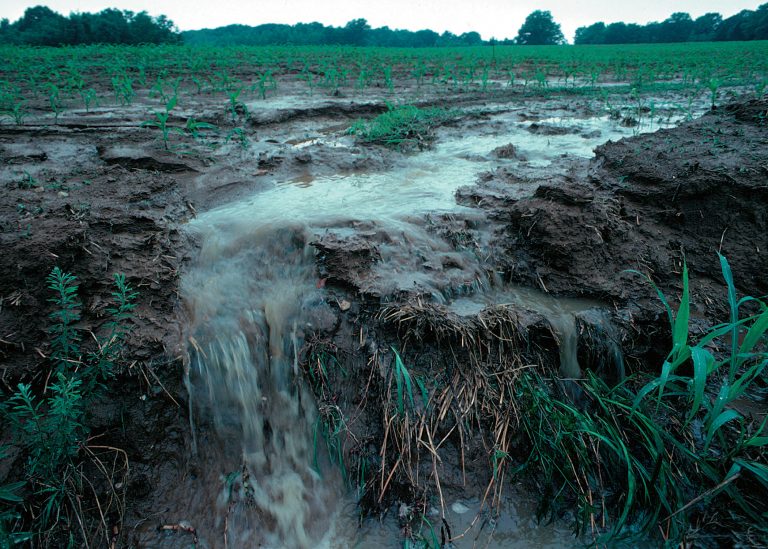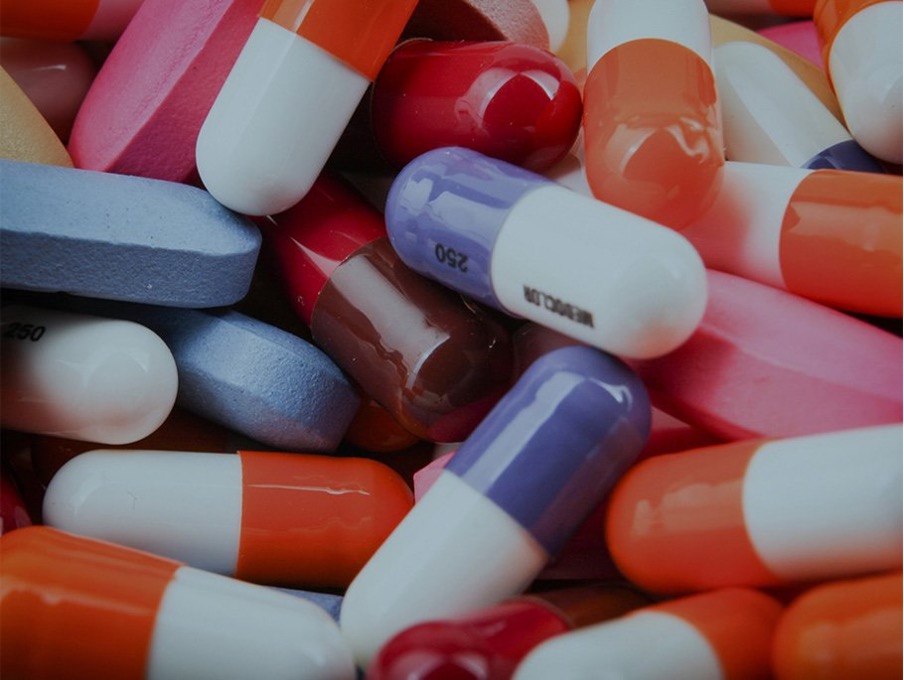Antimicrobial resistance (AMR) is increasing on a global scale and is causing detrimental effects to both the environment and human health. It is estimated that by 2050 over 10 million people a year will die from AMR which is caused when bacteria changes in a way that makes it resistant to a drug that has been designed to destroy it. Over the next 30 years it is anticipated that AMR will have overtaken cancer as a major cause of death.
Animal excrement from farms is one of the ways that these pollutants can end up in waterways. For example, when pens and shelters are washed down, if the wash water is not appropriately directed to a local sewer or treated on-site, the medical residues end up in a water sources and can cause damaging effects, including AMR.
Bioaccumulation is another serious risk associated with AMR. This process takes place when a drug or chemical is absorbed by an organism faster than it can be excreted or metabolised. If the organism is consumed by another, the chemical or drug will be transferred too. Bioaccumulation can have damaging effects on both humans and wildlife as drug resistant bacteria build in the food chain, causing resistance to the medication.

